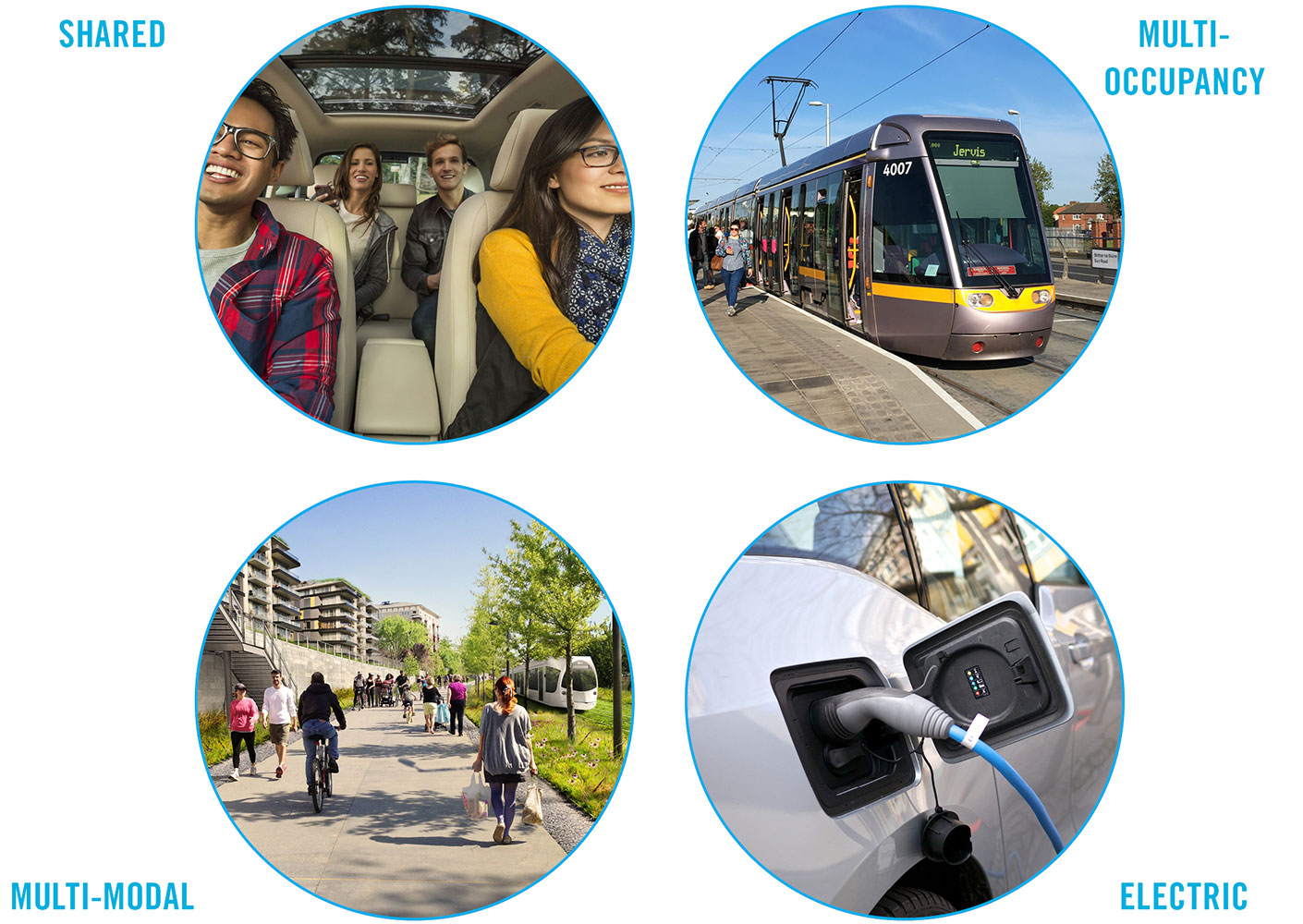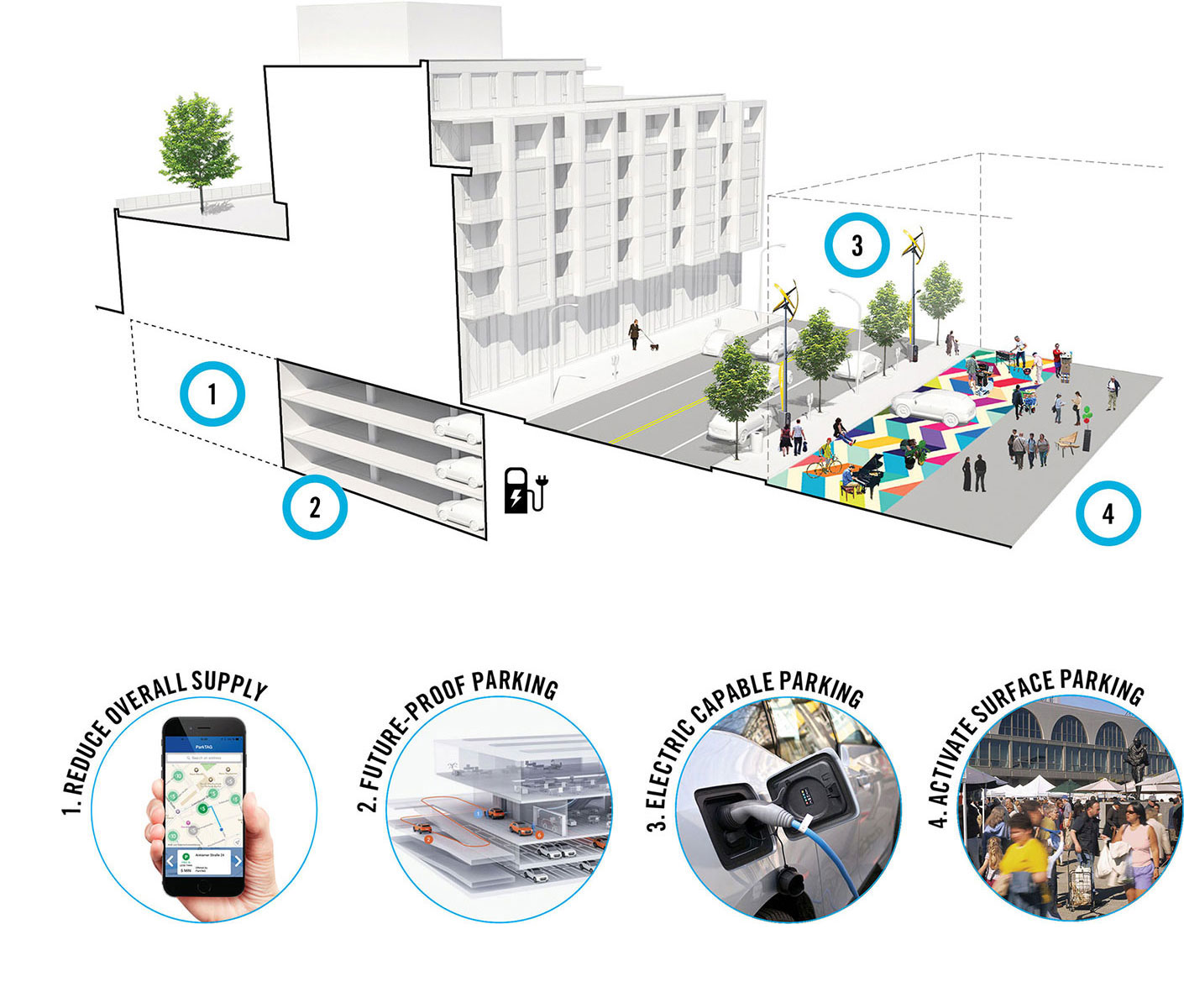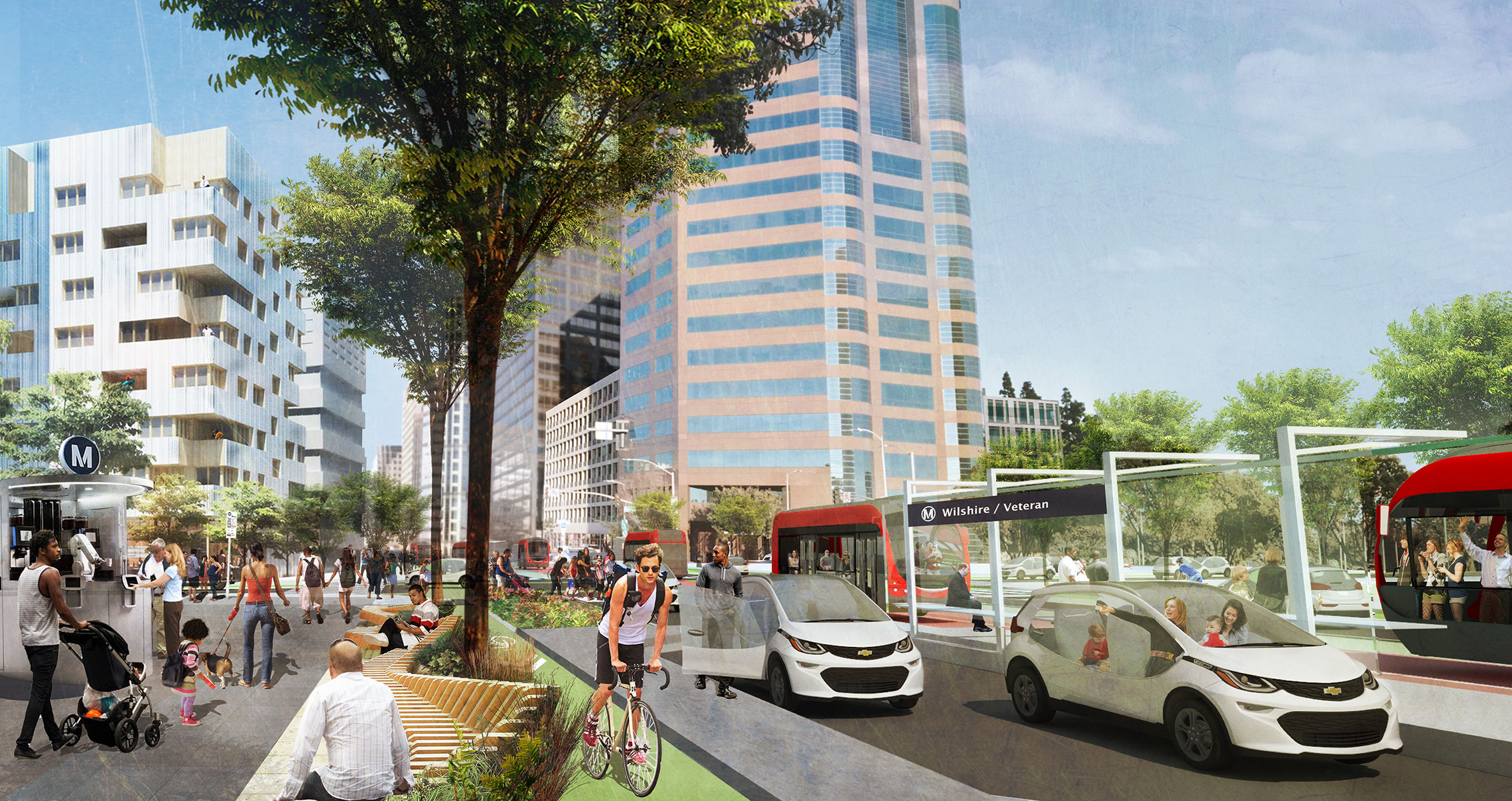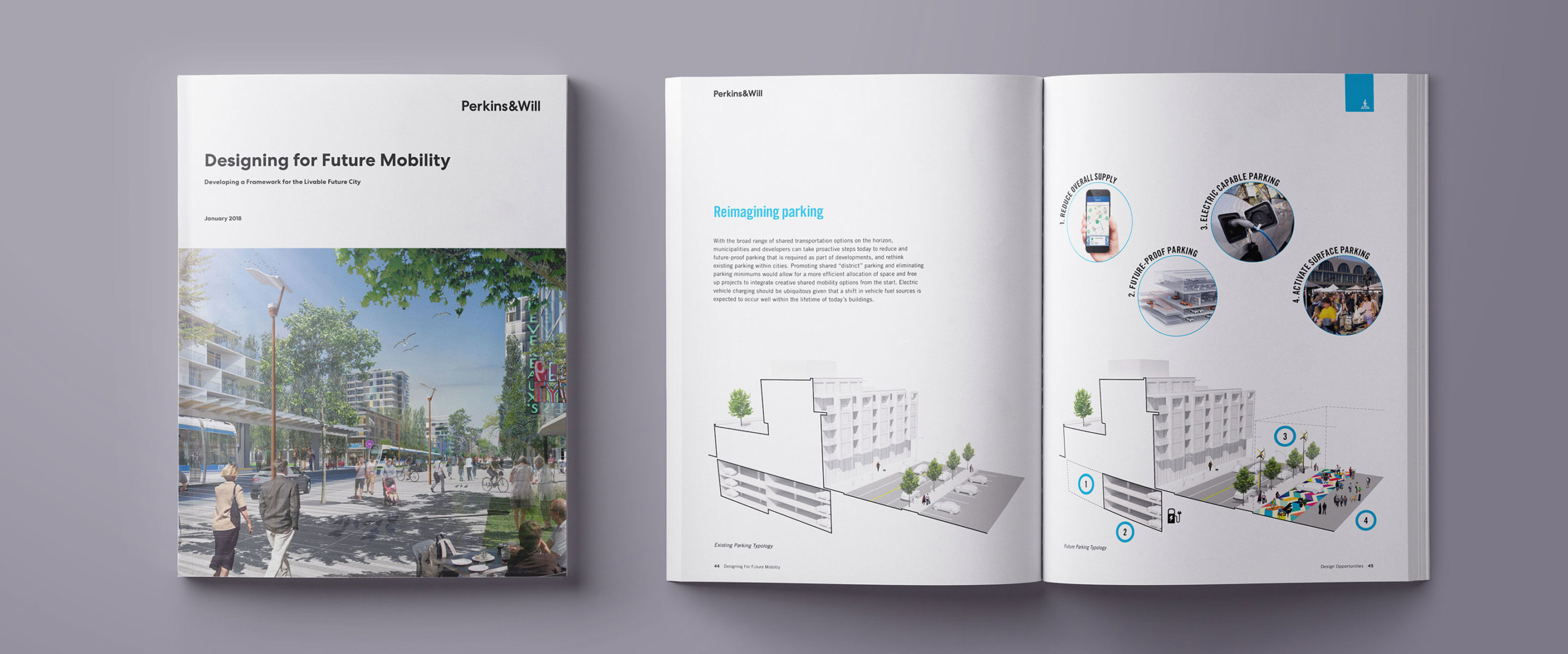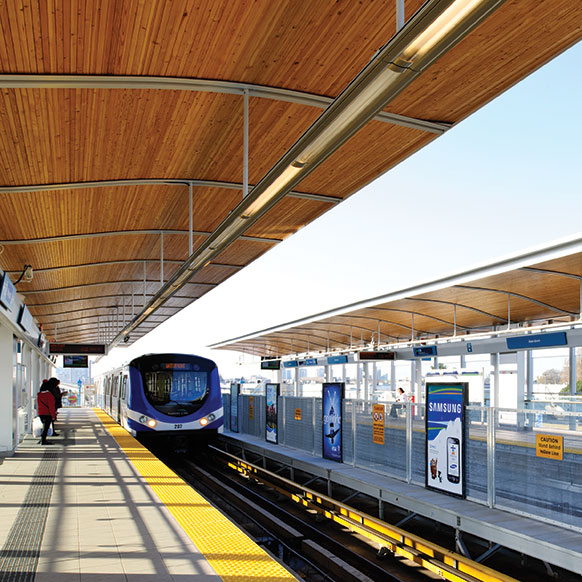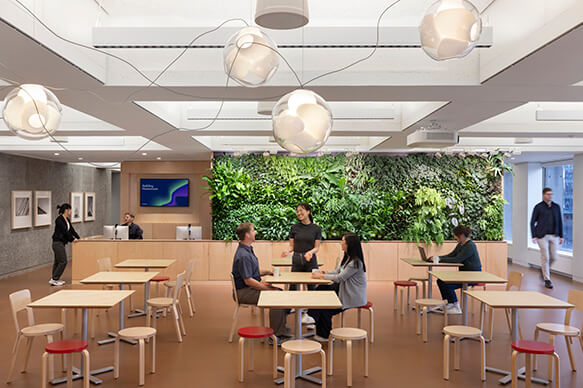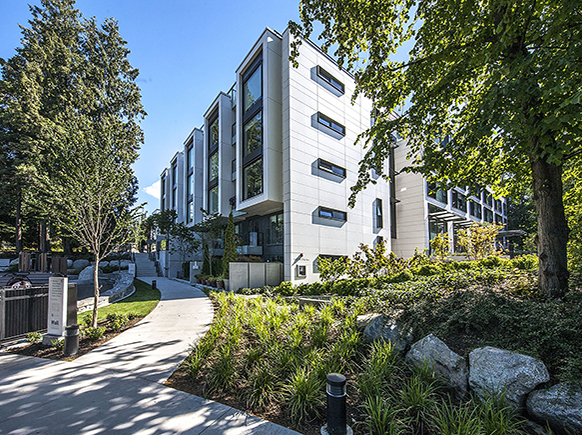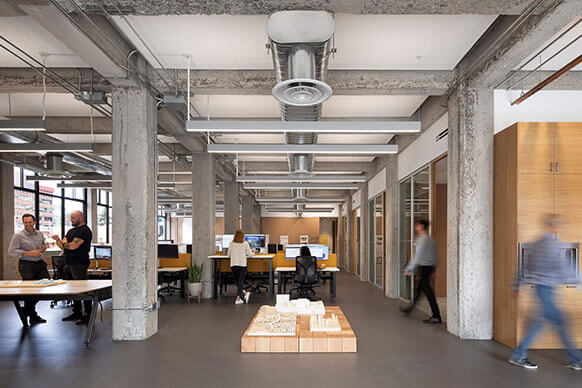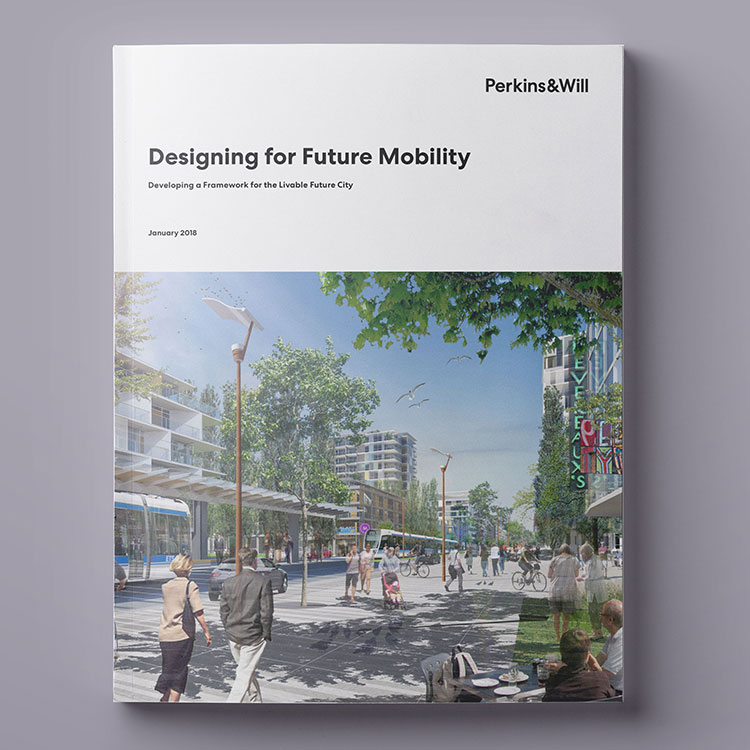
Designing for Future Mobility
With the emergence of self-driving, connected, shared, and electric vehicles, a technologically-driven shift in transportation is changing the way we move and live in cities. These technologies will profoundly change the way we plan, design, and build infrastructure—but their impacts on livability and urban design are currently not well understood.
It is critical that we take the initiative to understand and shape the future of mobility in a positive and purposeful way. By focusing on people instead of technology, and acting immediately, we are optimistic that future mobility technologies can support a more livable future city.
Through an internal research grant, we are working to re-frame the conversation by focusing on livable city goals. We have created guiding principles and proactive, present day design opportunities that can be used by planners, designers and policy makers to ensure our future cities will be safer, healthier, happier, and more sustainable places to live.
